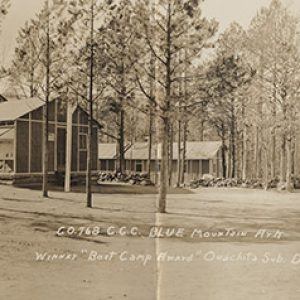 Blue Mountain CCC
Blue Mountain CCC
Entry Type: Place
 Blue Mountain CCC
Blue Mountain CCC
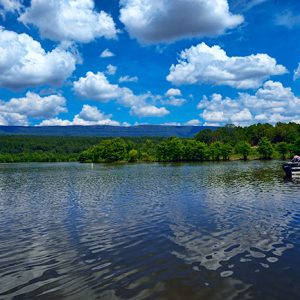 Blue Mountain Lake
Blue Mountain Lake
 Blue Star Memorial
Blue Star Memorial
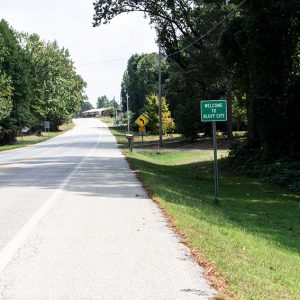 Bluff City
Bluff City
Bluff City (Nevada County)
 Bluff City Cemetery
Bluff City Cemetery
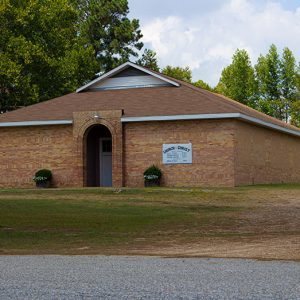 Bluff City Church of Christ
Bluff City Church of Christ
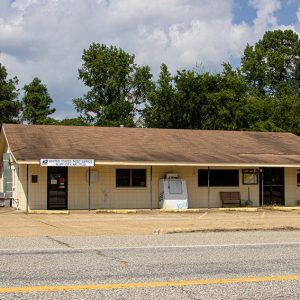 Bluff City Post Office
Bluff City Post Office
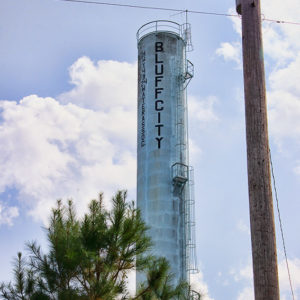 Bluff City Water Tower
Bluff City Water Tower
Bluff Ridge (Scott County)
 Bluff Ridge
Bluff Ridge
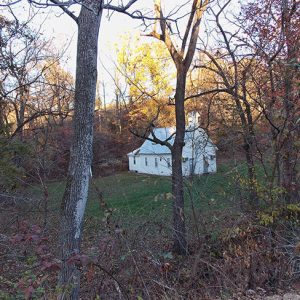 Bluff Springs Church and School
Bluff Springs Church and School
Blytheville (Mississippi County)
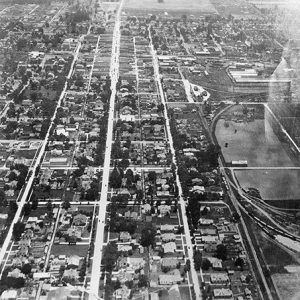 Blytheville Aerial View, 1927
Blytheville Aerial View, 1927
 Blytheville Coca-Cola Plant
Blytheville Coca-Cola Plant
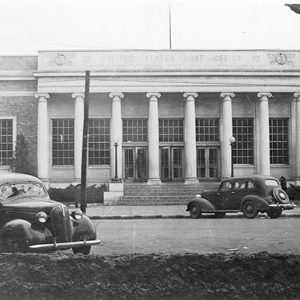 Blytheville Post Office
Blytheville Post Office
 Blytheville Street Scene
Blytheville Street Scene
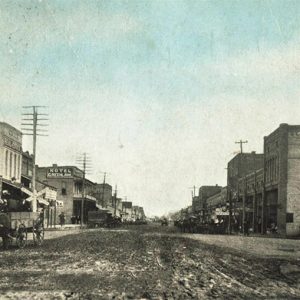 Blytheville Street Scene
Blytheville Street Scene
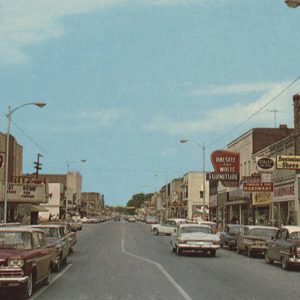 Blytheville Street Scene
Blytheville Street Scene
 Blytheville Theater Lobby
Blytheville Theater Lobby
 Blytheville View
Blytheville View
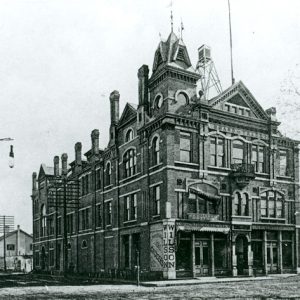 Board of Trade Building
Board of Trade Building
 Dr. Boaz House
Dr. Boaz House
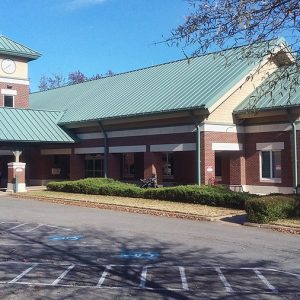 Bob Herzfeld Memorial Library
Bob Herzfeld Memorial Library
 Bodcaw
Bodcaw
Bodcaw (Nevada County)
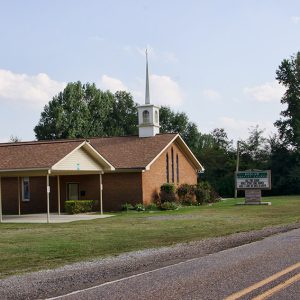 Bodcaw Baptist Church
Bodcaw Baptist Church
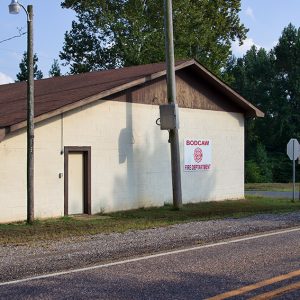 Bodcaw Fire Department
Bodcaw Fire Department
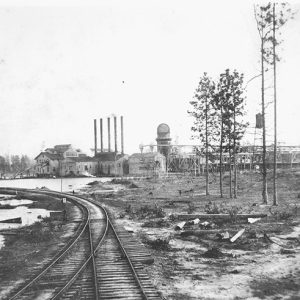 Bodcaw Lumber Co.
Bodcaw Lumber Co.
 Bodcaw Street Scene
Bodcaw Street Scene
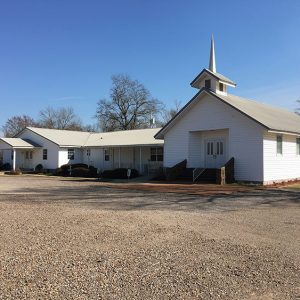 Boles Free Will Baptist Church
Boles Free Will Baptist Church
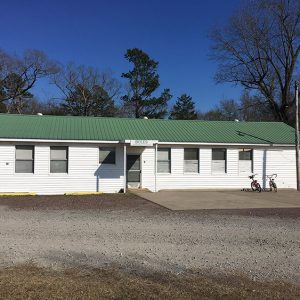 Boles Community Center
Boles Community Center
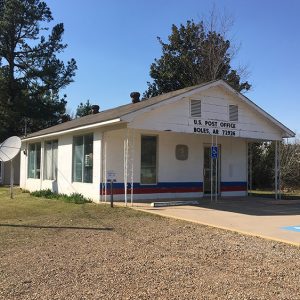 Boles Post Office
Boles Post Office
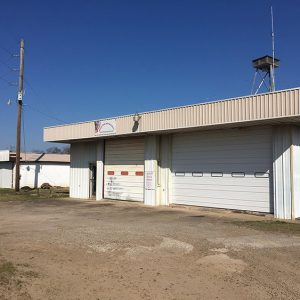 Boles Fire Department
Boles Fire Department
Boles (Scott County)
Bolivar (Poinsett County)
Bonanza (Sebastian County)
 Scott Bond's House
Scott Bond's House
Bonnerdale (Hot Spring County)
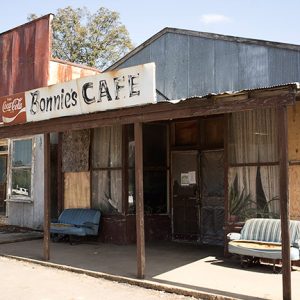 Bonnie's Cafe
Bonnie's Cafe
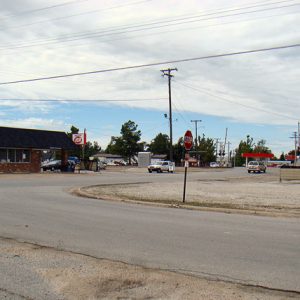 Bono
Bono
Bono (Craighead County)
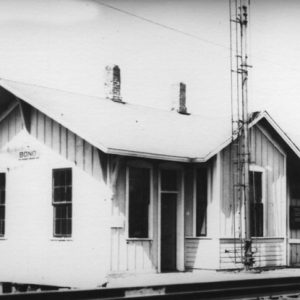 Bono Train Depot
Bono Train Depot
Boone County
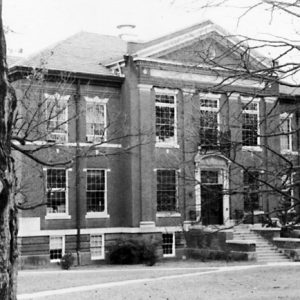 Boone County Courthouse
Boone County Courthouse
 Boone County Courthouse
Boone County Courthouse
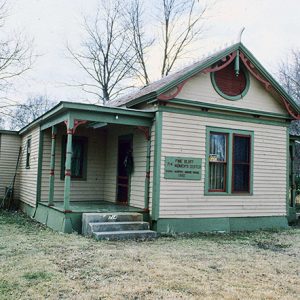 Boone-Murphy-Moore House
Boone-Murphy-Moore House
Boone-Murphy-Moore House
Booneville (Logan County)
 Booneville
Booneville




